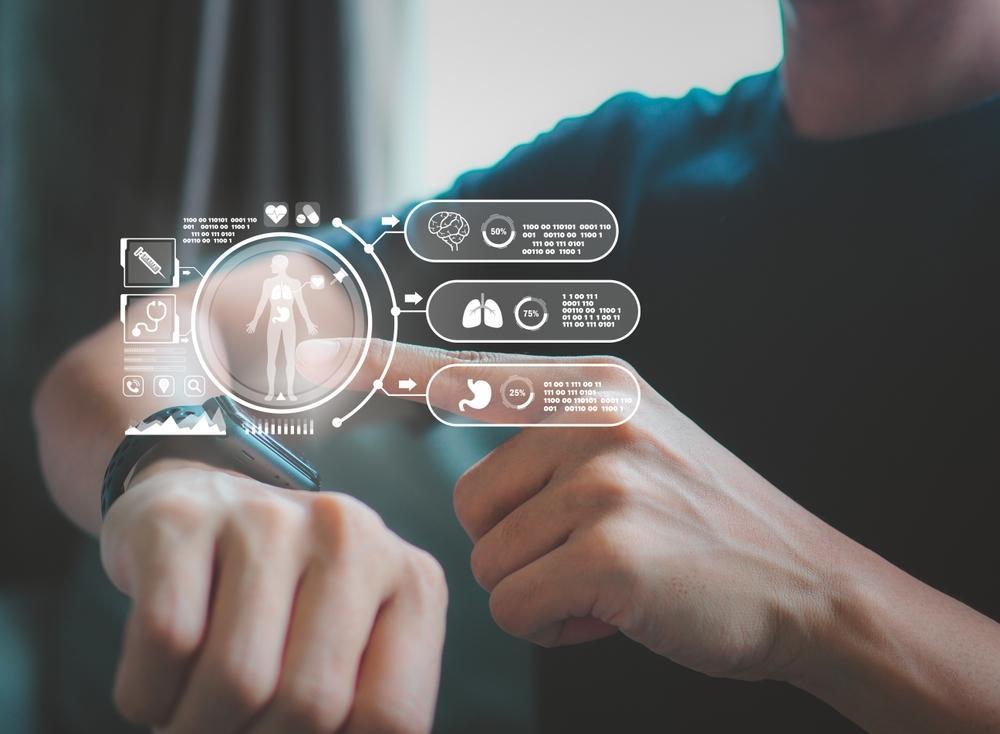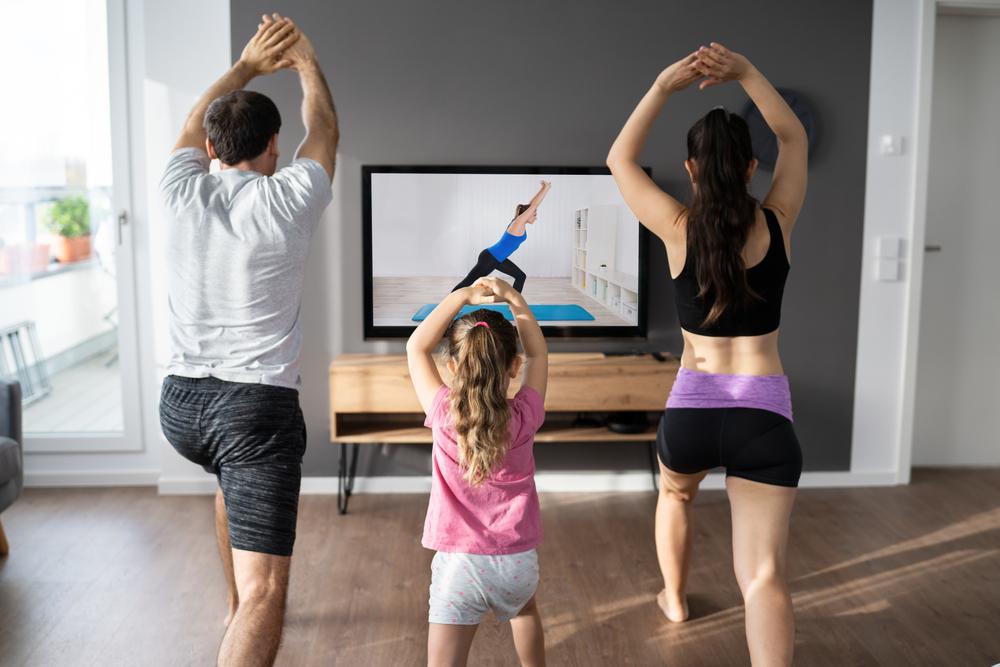Virtual reality fitness programs have evolved since their infancy, when they were little more than livestreamed yoga and aerobics classes with minimal interaction between the user and the instructor. The growth of VR headsets, exercise equipment, and gamified fitness solutions has led to the emergence of a new exercise industry, with an estimated market value of $14.15 billion. VR fitness is also proving effective, with the National Library of Medicine reporting VR workouts can reduce blood pressure, waist circumference, and BMI as effectively as onsite programs. As long as there’s a reliable internet service provider in your area, it’s easier than ever to sweat smarter at home.
1. Start With a Purpose-Built Home Gym Space
Creating a home gym may sound intimidating, but it largely depends on the type of virtual reality fitness programs you’re interested in. True, you can spend a fortune on weight machines, special flooring, lighting, and ventilation, but not everyone needs this elaborate a home gym. A corner of the room with weights, mats, stable Wi-Fi, and ample space to move is all you need for many VR fitness programs. Add a fan and a Bluetooth speaker for your workout tunes, and you’re all set!
2. Explore Virtual Reality Fitness Programs for Full Immersion
Virtual reality fitness programs are sometimes referred to as gamified workouts because they combine elements of video games with fitness to make exercise more engaging and motivating. Peloton became a household name by combining gamification with live coaches and exercise equipment; however, some VR programs only require headsets.
Gamified fitness programs have several benefits. Without the intimidating factor of a gym class, they’re very welcoming to beginners. The game elements of the program provide engagement and immersion, and the competitive elements are tailored to your fitness level: you won’t be competing with dedicated athletes, just yourself and people like you. Platforms like Supernatural and FitXR are excellent options for individuals interested in cardio, strength training, and mindful exercise.
3. Use Smart Fitness Apps With Real-Time Feedback
Like most areas of modern life, artificial intelligence is changing how we work. Many fitness apps now come with AI-powered rep counting and form correction features, giving you the benefits of a personal trainer without the price tag. Some AI fitness apps utilize your phone’s camera to provide feedback, while others connect to wearable accessories or smart mirrors.
Examples of AI fitness apps include:
- Agit: Uses your phone camera to provide accurate reports and fine-tune your form.
- Caliber: With a focus on strength training, Caliber uses AI personal trainers for quick feedback.
- Fitbod: Creates personalized workouts based on your fitness level and available equipment, and adjusts your routine over time.
- MagicAI: Provides personalized, on-demand training through a smart mirror.
- Nike Training Club: Integrates with wearables to track progress and provide real-time feedback.

4. Upgrade Your Internet to Avoid Lag Mid-Workout
If you’re serious about virtual reality fitness programs, consider learning how to upgrade your internet service. Few things derail a live-streamed class or VR workout quite like lag or a dropped connection.
To see if your internet can support VR workouts, run an internet speed test. You’ll need at least 25 Mbps for HD VR headsets, or more if you’re exercising in a multi-device household. Fiber internet is your best choice, as it offers consistent and high-speed data uploads and downloads, along with reliable Wi-Fi. If fiber isn’t an option, you may be able to reduce lag by moving your router closer to your workout space.
5. Join a Virtual Fitness Community for Motivation
Virtual reality fitness programs are great, but working out alone can drain your motivation. Consider joining an online class platform with built-in community tools, such as Peloton, Apple Fitness+, and YouTube Live. Leaderboards, class shout-outs, and virtual workout buddies can help keep you committed to showing up for your next workout.
6. Layer in Wellness Tech: Trackers, Smart Scales, and More
Enhance your VR workouts by incorporating smart fitness technology. Wearables like Apple Watch and Whoop track heart rate, workouts, number of steps walked, and even sleep quality, allowing you to evaluate how your workouts impact your health and fitness over time. Wearables can also integrate with VR workouts and smart medical devices, such as blood pressure monitors.
Smart scales help you track your progress in weight loss, muscle mass, bone density, and body fat. Like other health tech, smart scales can integrate with fitness trackers and smartwatches.
Healthcare dashboards aggregate data from smart devices, medical records, and test results, displaying all your health data in one easy-to-read location. Dashboards help you track nutrition, sleep patterns, fitness goals, and other health-related information.
Get Fit on Your Terms—No Commute Required
Virtual reality fitness programs have made it easier than ever to get moving. You can work out on your schedule without making time to go to the gym, the expense of personal trainers, or the feeling that everyone working out around you is healthier and stronger.
You don’t need to completely set up a home gym before starting on your fitness journey. Start with buying some basic equipment or a fitness tracker. Try streaming a new class or trying an AI-powered fitness app. Even optimizing your Wi-Fi for use with a VR headset is a small step towards a newer, healthier you!

